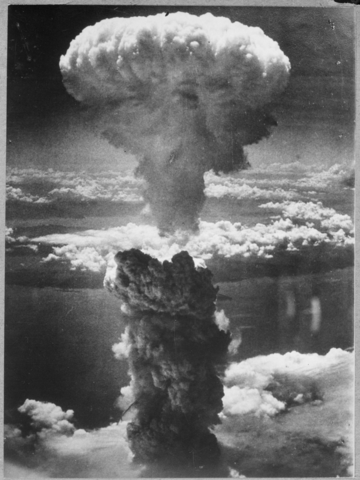Remembering August 6 – Hiroshima Bombing Day
On August 6, 1945, the world witnessed a pivotal moment in history with the Hiroshima atomic bombing. This tragic event marked the first use of an atomic bomb in warfare, forever changing the course of World War II and leaving an indelible mark on humanity.
The Hiroshima Blast and Its Aftermath
The bomb unleashed by the B-29 bomber Enola Gay was a uranium-powered device, releasing a violent surge of heat—so intense that it reached approximately 4,000 degrees Celsius at ground zero. The scale of devastation defied comprehension. Some 70,000 to 140,000 people perished instantly in the Hiroshima bomb attack, while many more died from injuries and radiation sickness in the following months and years. By August 2024, Japan recognizes a total of over 344,000 deaths in Hiroshima as a result of the atomic bombing, accounting for those who succumbed to radiation-related illnesses decades after the attack.
Hiroshima and Nagasaki: Consecutive Blasts That Ended a War
Just three days after Hiroshima’s destruction, on August 9, 1945, a second atomic bomb—this time a plutonium-powered device named “Fat Man”—was dropped on Nagasaki. This event resulted in the immediate loss of 40,000 to 75,000 lives and further destruction, with 44 percent of Nagasaki ruined. The twin bombings ultimately led to Japan’s surrender and the end of World War II, but the human cost was staggering. The atomic bombings of Hiroshima and Nagasaki left profound scars, both physically and emotionally, on the survivors and the nation as a whole.
Total Death Toll and Ongoing Effects
- As of August 2024, the officially recognized death toll stands at 344,306 in Hiroshima and 198,785 in Nagasaki. This includes those who died instantly as well as the victims of radiation-related illnesses over the decades.
- Survivors of the attacks are known as Hibakusha (“bomb-affected people”). They suffered not only from increased rates of leukemia, cancer, and chronic diseases due to radiation exposure, but also from enduring social stigma and discrimination.
Why Hiroshima and Nagasaki Were Chosen
Both Hiroshima and Nagasaki were selected as targets because of their military and industrial significance during World War II. Hiroshima, as a headquarters for military units and a crucial supply base, became a priority in the U.S. war planners’ calculations. Additionally, the surrounding mountains of Hiroshima were thought to contain the blast, making the bomb even more destructive. These strategic decisions resulted in untold suffering for ordinary citizens of both cities.
The Ongoing Legacy and Importance of Hiroshima Anniversary
Today, Hiroshima Anniversary on August 6 stands as a powerful reminder to the world of the dangers of nuclear weapons. The stories and resilience of Hiroshima and Nagasaki atomic bomb survivors emphasize the lasting humanitarian consequences of nuclear warfare. Their courage inspires ongoing global efforts for peace, disarmament and the prevention of future tragedies.












More Stories
Russia’s Putin Embarks on Landmark India Visit: Dec 4–5, 2025
Trump Announces Permanent Pause on Migration From “Third World Countries”
Miss Universe 2025 Highlights: Mexico’s Fatima Bosch Crowned Winner, Breaks Into Tears After Emotional Victory